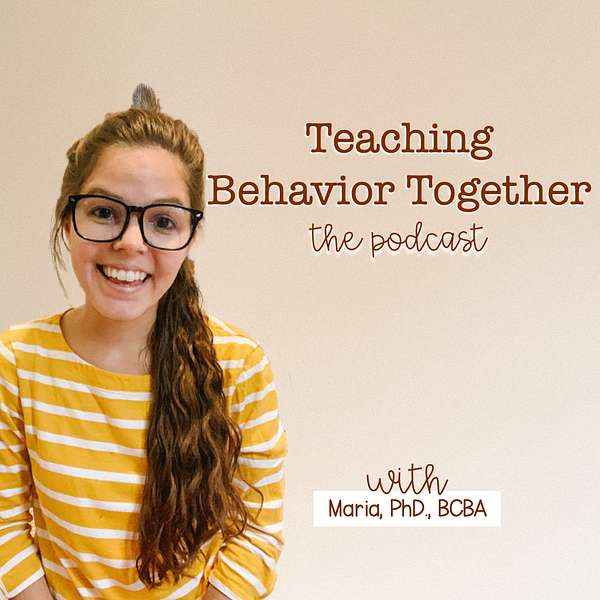
The Teaching Behavior Together Podcast
The Teaching Behavior Together Podcast
One Simple Strategy for Redirecting Behavior
Hello everyone and welcome to this episode of the teaching behavior together podcast. Today we are going to be talking about redirecting behavior. This can be tricky in the classroom. Often times what I see when we are redirecting behavior is the potential for power struggles. Does this sound familiar “(insert student name), stop talking while I am talking And we get the response-I wasn’t talking. Or “insert student name, please put your phone away-It’s just one text, why are you getting upset?” Or insert student name “We can’t hit our peers-he hit me first.” All of these are defensive responses. And can lead to further conversation that is often unproductive. It doesn’t feel good when we are redirected. It often puts our students on the defense as well. If you are experiencing these types of responses to the redirections you give, here is the strategy I have for you: prompt around the behavior. I know this might go against what you learned about prompting, but hear me out first.
What I mean by prompting around the behavior is avoiding including the behavior of concern in your prompt. For example, with our prompt that sounded like “stop talking while I am talking-I might say something like “I don’t want you to miss this, let’s be quiet so you can hear me.” This prompt tells the student what we want them to do “be quiet” and avoids highlighting the behavior of concern.
Here’s another example, instead of put your phone away you might say “now is a great time to take notes on what I have on the board.” Again, this give the student an idea of what you want them to be doing instead of being on the phone. Yes telling them to put the phone away is another example of telling them what you want them to do, but this also tells them what you want them to do instead of being on the phone.
Ok, let’s do our last example: instead of we cant hit our peers you might say-We need to show kindness to our friends, how can we do that right now? Again this prompts around the behavior and avoids highlighting the behavior of concern which can promote a defensive response from the student.
Prompting around the behavior gives the student an idea of the behavior you would like to see instead and helps us avoid that defensive response. If you notice you are getting a lot of those defensive responses this might be a strategy you try with your class our a couple of students. As always, it is best practice to provide more positive acknowledgements related to behavior over redirections/corrections. Keep that in mind while you are using this strategy as well.
To make this more effective, if you are having to give a lot of prompts to a student, you might want to have a conversation with them about the behavior you are concerned about. This can happen in private and not immediately after an incident. Even the slightest prompt can be perceived as a criticism and result in that defensive response. When talking with the student we want to make sure they are calm and ready to have a productive conversation.
Resources Discussed in this Episode
Free Behavior Intervention Guide
Follow me on Instagram
Join my email list